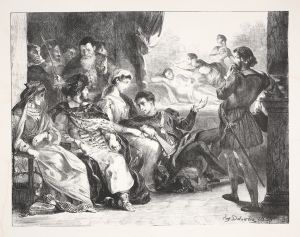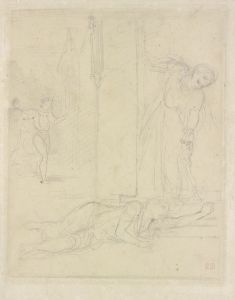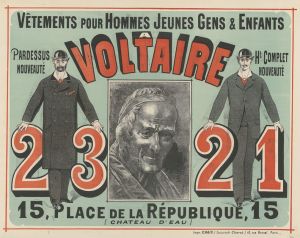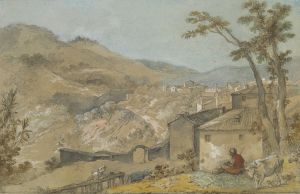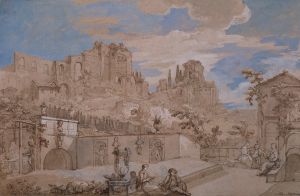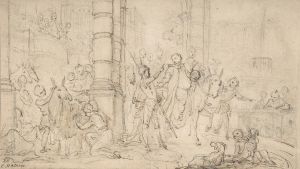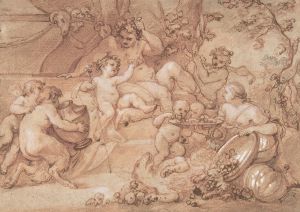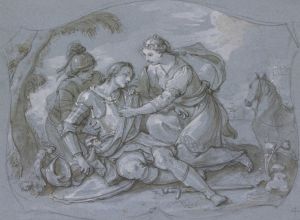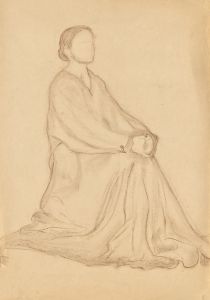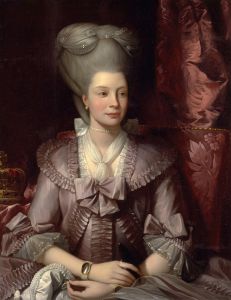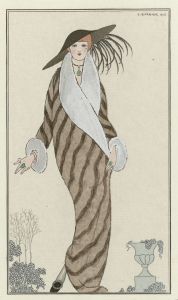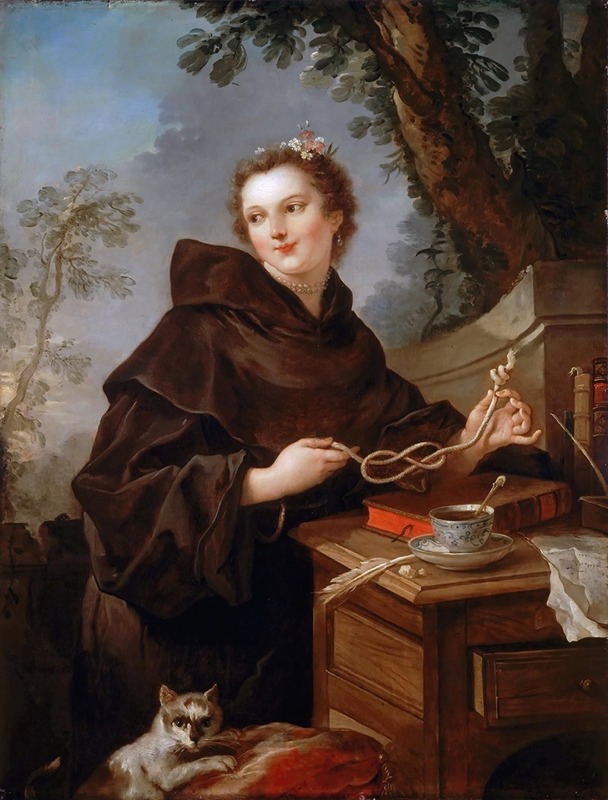
Louise-Anne de Bourbon, mademoiselle de Charolais
A hand-painted replica of Charles-Joseph Natoire’s masterpiece Louise-Anne de Bourbon, mademoiselle de Charolais, meticulously crafted by professional artists to capture the true essence of the original. Each piece is created with museum-quality canvas and rare mineral pigments, carefully painted by experienced artists with delicate brushstrokes and rich, layered colors to perfectly recreate the texture of the original artwork. Unlike machine-printed reproductions, this hand-painted version brings the painting to life, infused with the artist’s emotions and skill in every stroke. Whether for personal collection or home decoration, it instantly elevates the artistic atmosphere of any space.
Charles-Joseph Natoire's painting "Louise-Anne de Bourbon, Mademoiselle de Charolais" is a notable work from the 18th century, capturing the likeness of Louise-Anne de Bourbon, a French noblewoman. Louise-Anne de Bourbon (1695–1758) was a member of the House of Bourbon, the ruling dynasty of France. She was the daughter of Louis III de Bourbon, Prince of Condé, and Louise-Françoise de Bourbon, who was herself the legitimized daughter of King Louis XIV of France and his mistress, Madame de Montespan.
Charles-Joseph Natoire (1700–1777) was a prominent French painter of the Rococo period, known for his elegant and refined style. He was a student of François Lemoyne and later became the director of the French Academy in Rome. Natoire's works often depicted mythological and historical subjects, and he was highly regarded for his skill in portraiture.
The painting of Louise-Anne de Bourbon, Mademoiselle de Charolais, is a fine example of Natoire's portrait work. It showcases his ability to capture the grace and poise of his subjects, as well as his attention to detail in rendering luxurious fabrics and delicate features. In this portrait, Louise-Anne is depicted in a sumptuous gown, indicative of her high social status and the fashion of the time. The use of light and shadow in the painting highlights her face and the intricate details of her attire, emphasizing her noble bearing.
Louise-Anne de Bourbon, known as Mademoiselle de Charolais, held a significant position in the French court. She was known for her beauty and her involvement in the social and political intrigues of her time. Despite not marrying, she maintained a prominent presence at court and was a patron of the arts. Her portrait by Natoire reflects her status and the elegance associated with the French aristocracy of the 18th century.
The painting is an important historical artifact, providing insight into the fashion, aesthetics, and social hierarchies of the period. It also exemplifies the Rococo style, characterized by its lightness, elegance, and use of soft colors. Natoire's skillful brushwork and the harmonious composition of the portrait make it a valuable piece in the study of French art history.
Today, the painting is appreciated not only for its artistic merit but also for its historical significance. It offers a glimpse into the life of a French noblewoman and the artistic trends of the Rococo period. Charles-Joseph Natoire's portrayal of Louise-Anne de Bourbon remains a testament to his talent as a portraitist and his ability to capture the essence of his subjects with grace and sophistication.





